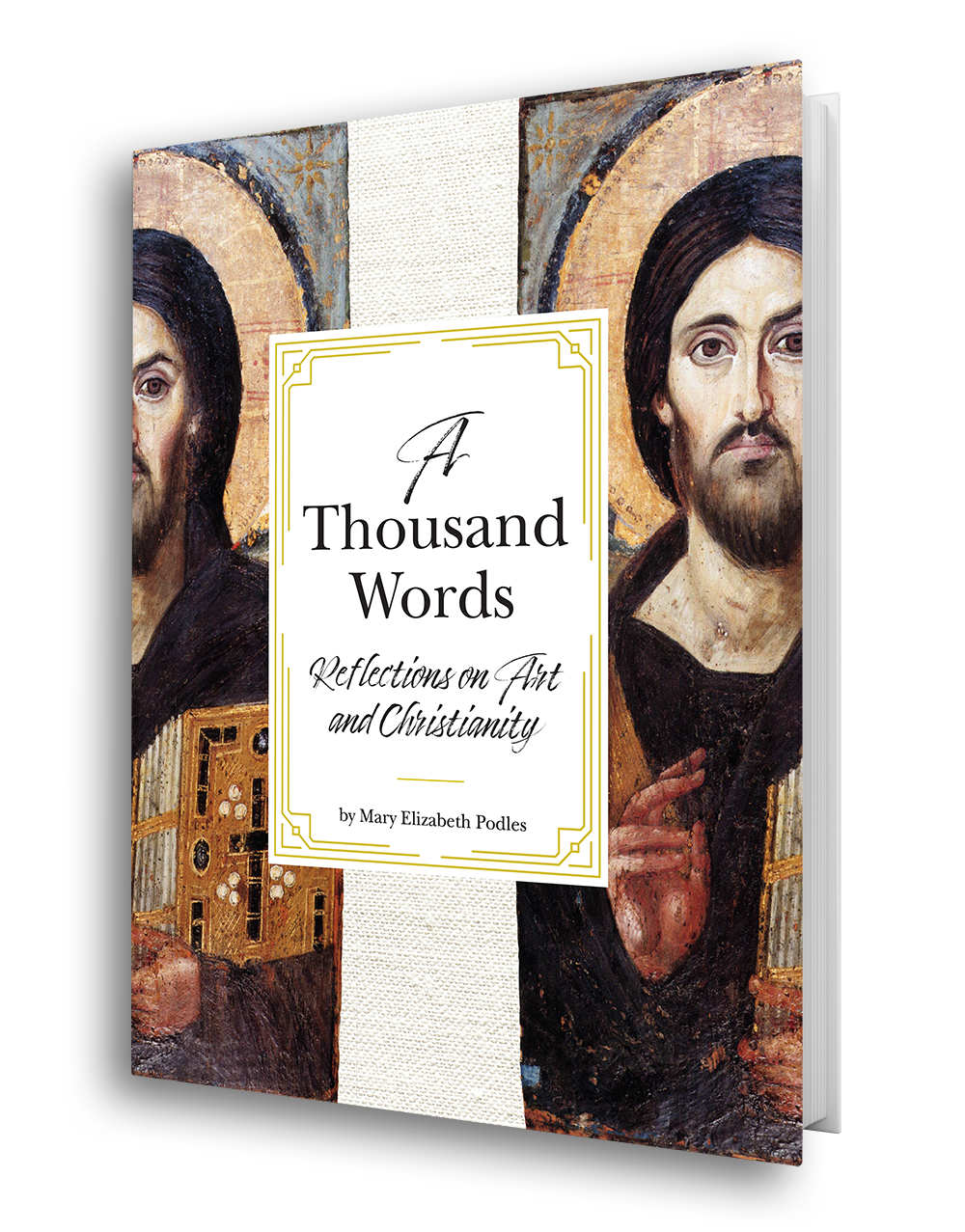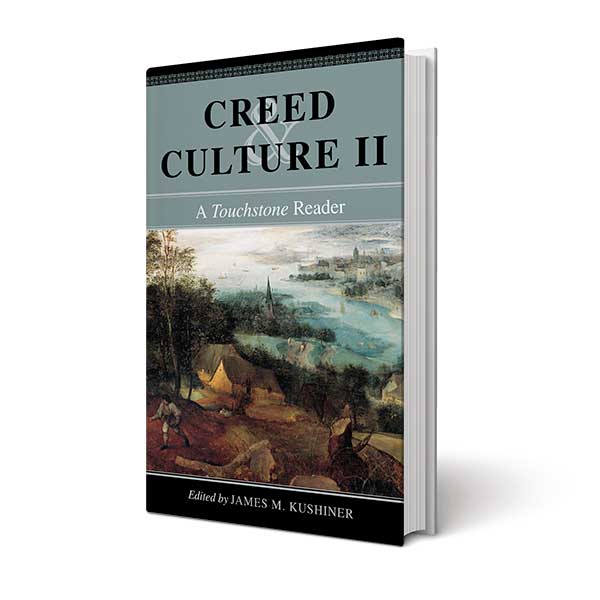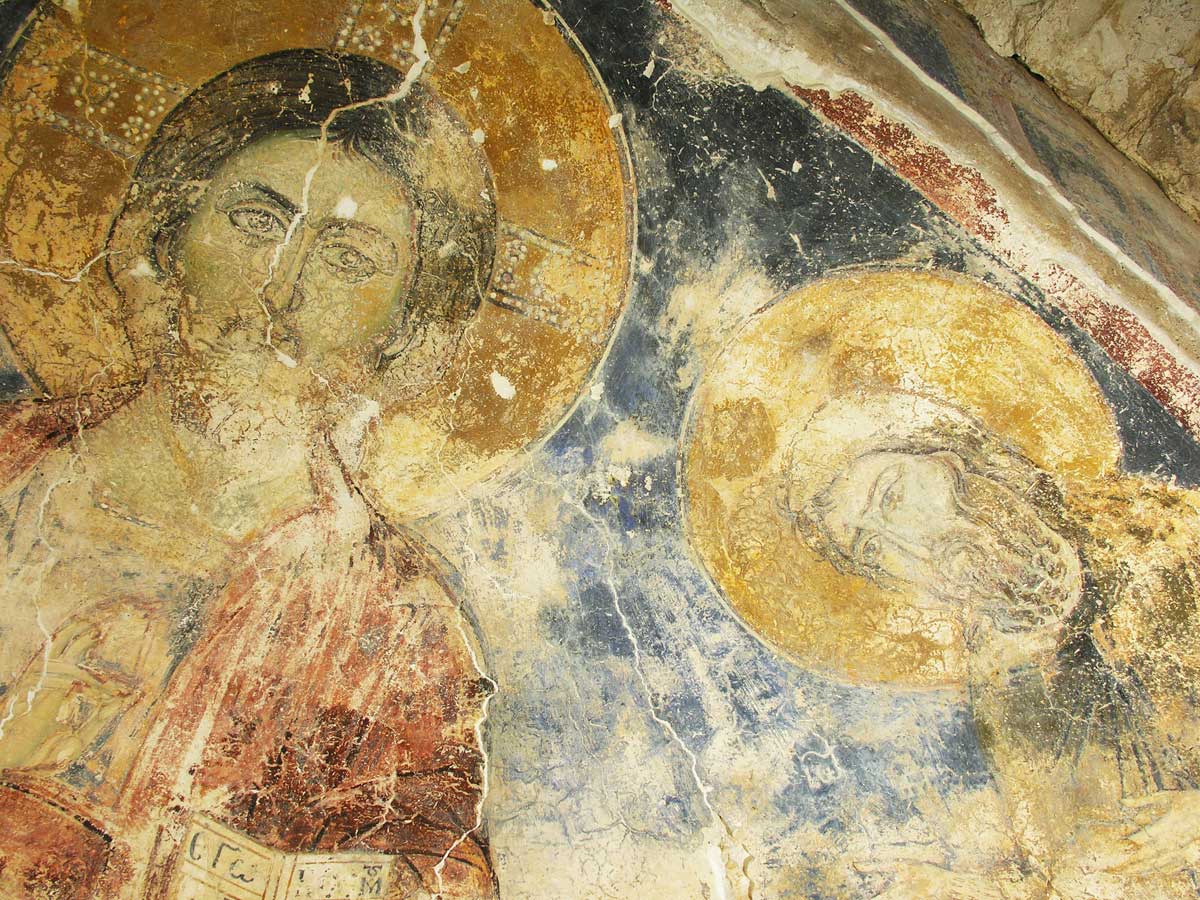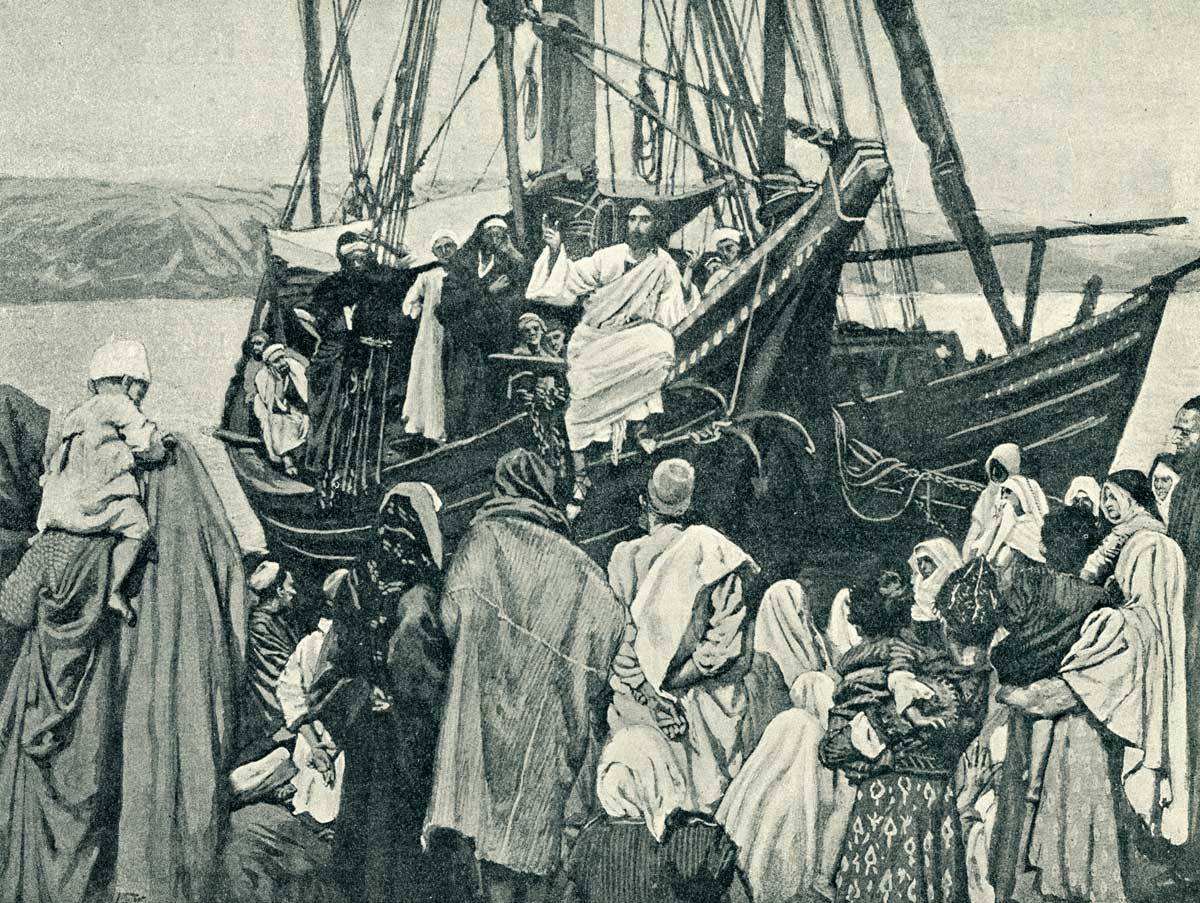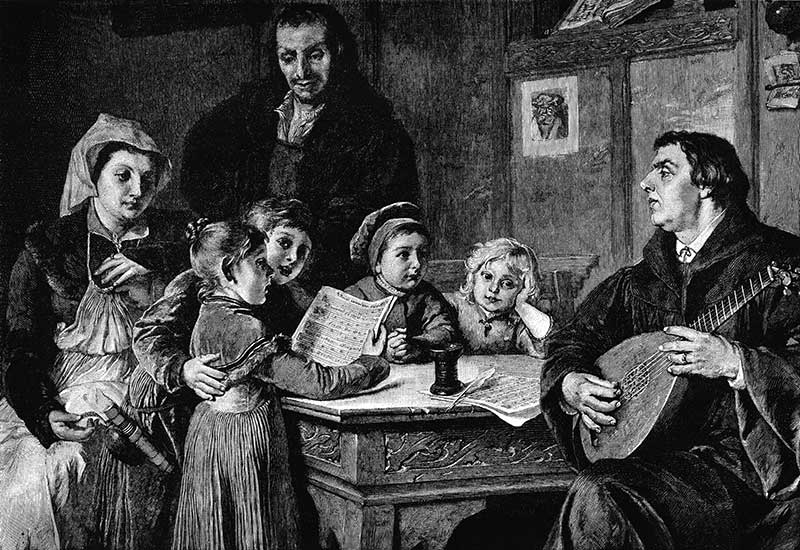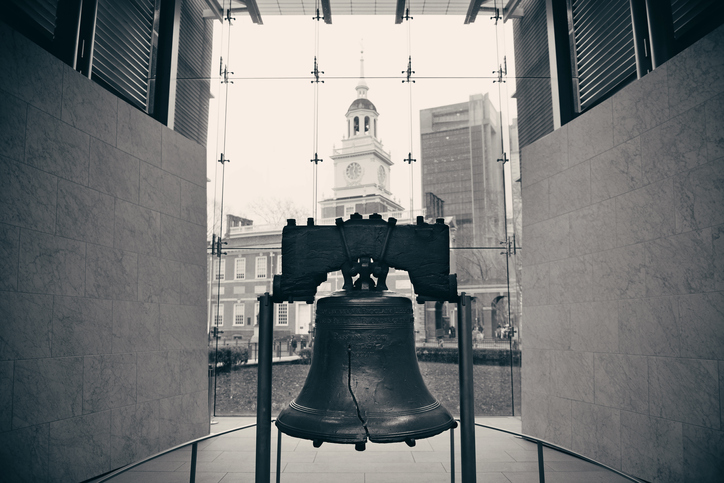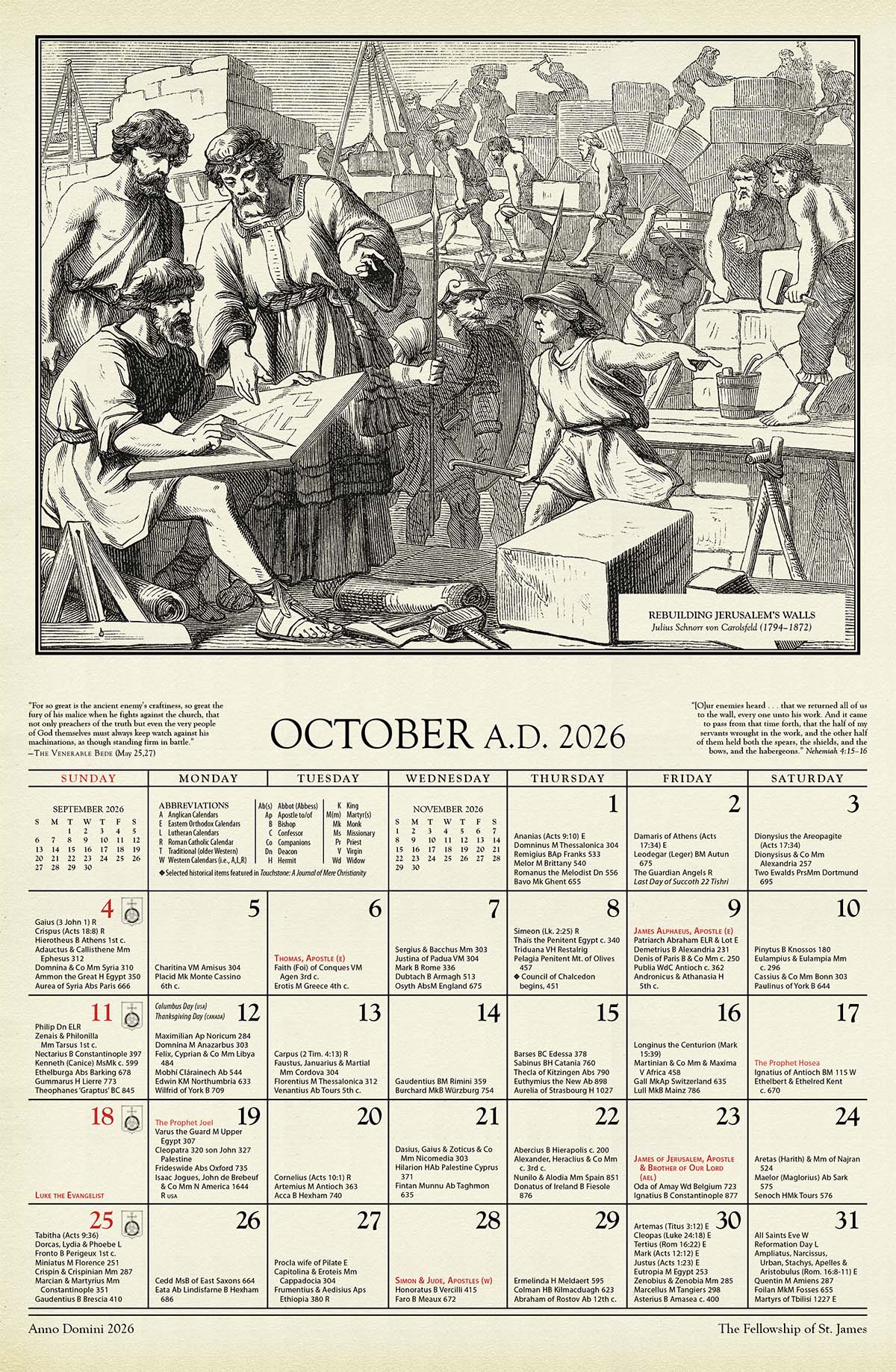Rightly Dividing the Word
Blake Adams on Lectionaries & the Reading of Scripture as Worship
Many Reformed and Evangelical Christians have recently adopted “liturgical” or “Great Tradition” practices such as using a lectionary, a liturgical handbook prescribing certain biblical passages to be read on certain days. Some may be unaware that this new reform runs counter to the work of several Reformers, principally Ulrich Zwingli and John Calvin.
On January 1, 1519, Zwingli began his preaching ministry by announcing he would dispense with the traditional lectionary. The medieval lectionary gave a reading for every day of the year, many of which were from hagiographies of saints, to be read on their respective feast days. Churchgoers could go their entire lifetimes without hearing certain passages of Scripture read. Zwingli, by contrast, preached expositional sermons through every book of the Bible from start to finish, chapter by chapter, verse by verse, beginning after his announcement with the Gospel of Matthew (but not proceeding necessarily in canonical order). And the lives of saints and the Apocrypha were out.
This pattern of preaching is called lectio continua, “continuous reading.” Zwingli did not invent it; he had many patristic exemplars, as will be seen, but unlike these, Zwingli preached lectio continua exclusively, without regard even for major feast days like Christmas and Easter.
John Calvin brought to lectio continua his characteristic austerity, working so meticulously through every line that it could take him over a year and a hundred sermons to get through a single book. This could be taxing for preacher and hearer alike: behind Calvin’s statement that a true pastor must possess importunitas (“dogged persistence”) looms his choice to preach lectio continua. This commitment followed from two advantages he identified: First, it delivered the whole of Scripture into a pastor’s preaching ministry; not a single line was omitted or suffered to compete with other, non-canonical writings. Second, every passage was preached in its greater context to prevent exegetical errors. “When passages of Scripture are taken up at random, and no attention is paid to the context,” he complained, “it is no wonder that mistakes arise all over the place.”
Thomas Cranmer, however, did not abandon the lectionary inherited by the Church of England from the medieval church. But he also devised a second lectionary to be used daily for Morning and Evening Prayer in his Prayer Book (1549). If followed diligently, users would read through whole books in canonical sequence, completing the Bible in a year. Anglicanism has thus had a double lectionary tradition: one for Sunday services, rooted in medieval liturgy, and a second for the daily offices in the Prayer Book, rooted in the Reformation.
The lectionaries used most by Protestants today are adapted from the Revised Common Lectionary, which is based on the Ordo Lectionum Missae (1969) authorized by the Second Vatican Council for the Catholic Church. These lectionaries prescribe up to four readings for every Sunday of the year: an Old Testament lesson, a psalm, a (non-Gospel) New Testament lesson, and a Gospel lesson.
The Common and Roman Lectionaries each follow a three-year cycle, reading Matthew, Mark, and Luke in turn. John is read piecemeal across all three years, a span over which churchgoers will hear most of the Bible read aloud, but not all of it. They will also hear certain readings on major feast days annually, no matter which year it happens to be.
Patristic Reading
The Church has not always had a lectionary, but the appropriateness of reading certain passages on particular days was apparent early on. For example, one of the earliest surviving Christian homilies, On Pascha, by Melito of Sardis (c. 190), was based on a prescribed reading. The homily opens by saluting how fitting it is to recall “how the sheep was sacrificed, and how the people was saved, and how Pharaoh was flogged by the mystery” (cf. Gen. 12:13—14:21) when commemorating Christ’s death and resurrection. This attests that just as Easter and its associated feast days were the first to be established in the liturgical calendar, so, too, were they the first to have established readings. As more feast days were added to the liturgical calendar, churches naturally selected readings they thought appropriate for each occasion.
The lectionary and calendar developed simultaneously and are historically inseparable, but for much of Christian history no lectionary covered the whole year. As Andrew B. McGowan notes in Ancient Christian Worship: Early Church Practices in Social, Historical, and Theological Perspective, we can discern this in the homilies of preachers like St. Augustine. For many days of the year, which passage was to be read was usually left to his discretion. He sometimes selected readings for special occasions (e.g., Serm. 362, 93), and more than once he repeated the same reading over several Sundays to emphasize a point (e.g., Serm. 68, 2; Exp. Ps. 90). At other times, he preached a series of homilies through a particular book (e.g., Tractates on the Gospel of John). But he was expected to preach on the Lukan infancy story at Christmas (e.g., Serm. 190, 193, 196) and the Matthean infancy story at Epiphany (e.g., Serm. 199, 202). So for certain major feasts of the Christian year, the reading was decided in advance; nevertheless, for much of the year, Augustine had ample space for discernment and spontaneity in choosing readings. Thus, over the course of a year in Augustine’s church, worshipers could expect a mixture of what we call topical reading, lectionary reading, and lectio continua.
Many churches that use a lectionary today actually follow this early practice. The clergy of my local church regularly set the lectionary aside for a season in order to preach a series on a single book of the Bible. The lectionary has many benefits, but its use is not mandatory. This flexibility permits our clergy to employ discernment, occasionally waiving lectionary prescriptions in order to speak “a word in season” (Prov. 15:23). Allowing these exceptions does not contradict the conviction that the lectionary is the ordinary rule of weekly preaching.
Blake Adams (MA, Wheaton) is an editor, essayist, and independent scholar. He works as a writer and editor in the faith sector and serves as Lead Sacristan at Church of the Resurrection (ACNA) in Wheaton, Illinois. See more of his writing at blakesbooklife.substack.com.
subscription options
Order
Print/Online Subscription
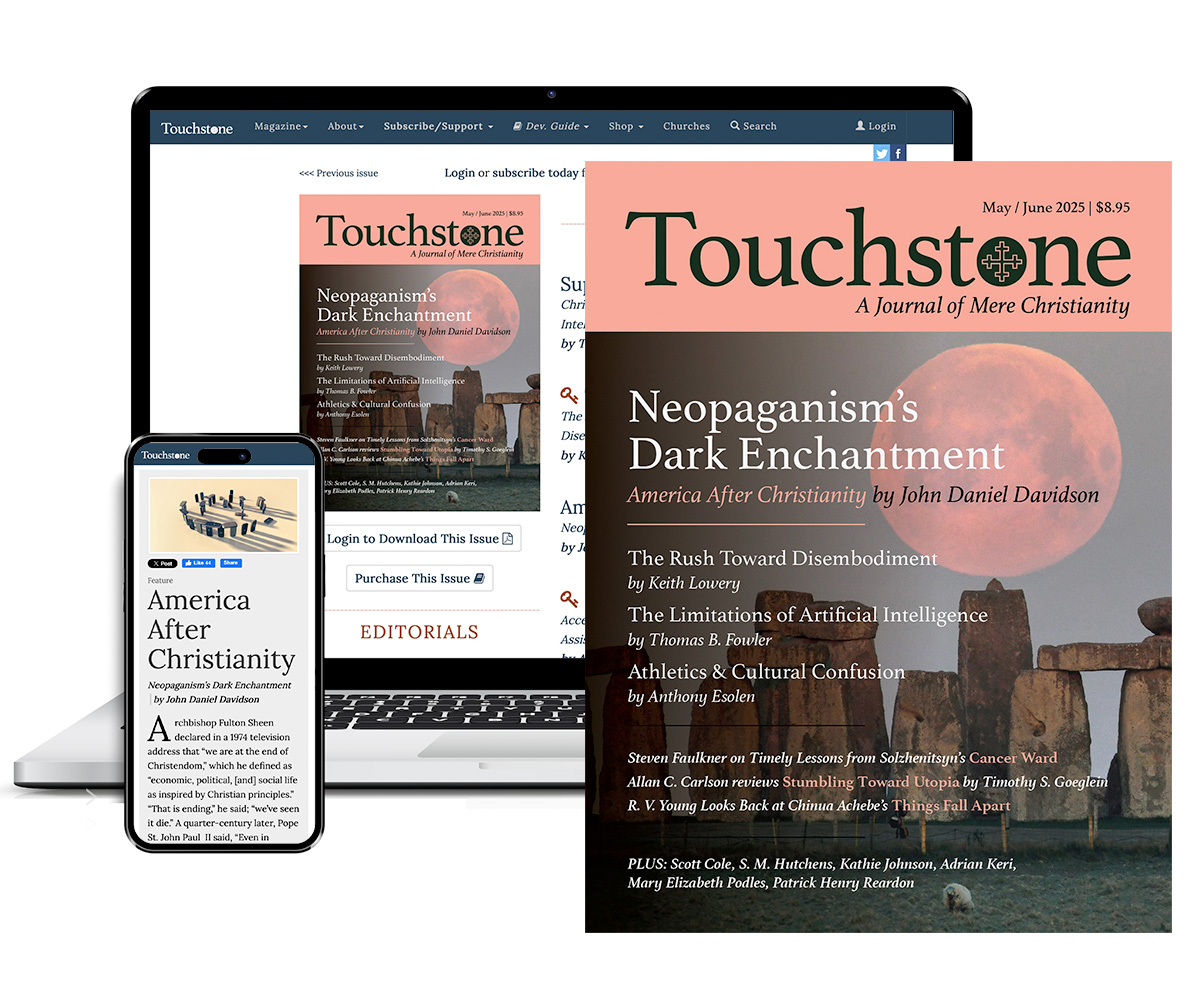
Get six issues (one year) of Touchstone PLUS full online access including pdf downloads for only $39.95. That's only $3.34 per month!
Order
Online Only
Subscription
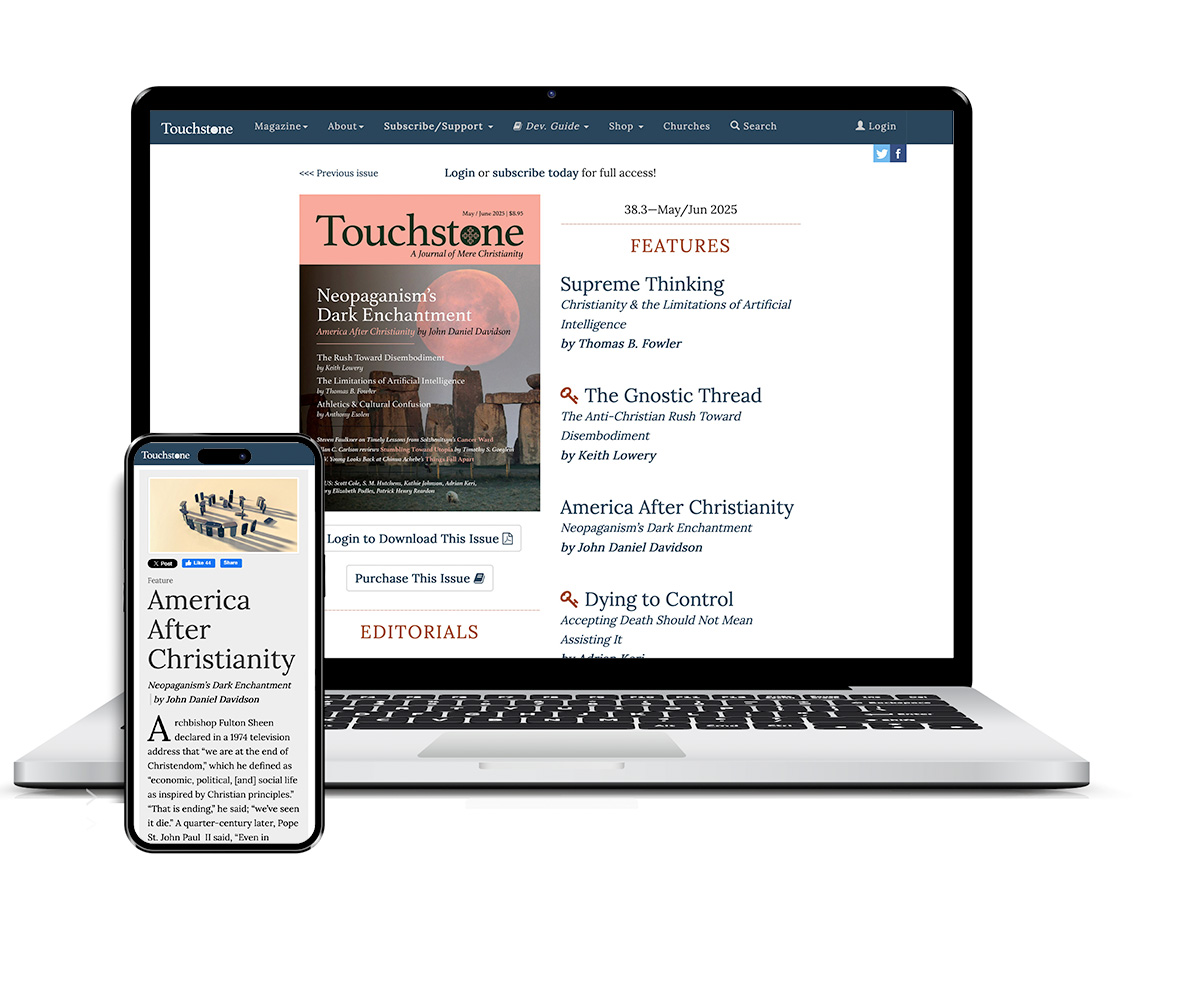
Get a one-year full-access subscription to the Touchstone online archives for only $19.95. That's only $1.66 per month!
bulk subscriptions
Order Touchstone subscriptions in bulk and save $10 per sub! Each subscription includes 6 issues of Touchstone plus full online access to touchstonemag.com—including archives, videos, and pdf downloads of recent issues for only $29.95 each! Great for churches or study groups.
Transactions will be processed on a secure server.
more on Bible from the online archives
more from the online archives
calling all readers
Please Donate
"There are magazines worth reading but few worth saving . . . Touchstone is just such a magazine."
—Alice von Hildebrand
"Here we do not concede one square millimeter of territory to falsehood, folly, contemporary sentimentality, or fashion. We speak the truth, and let God be our judge. . . . Touchstone is the one committedly Christian conservative journal."
—Anthony Esolen, Touchstone senior editor



